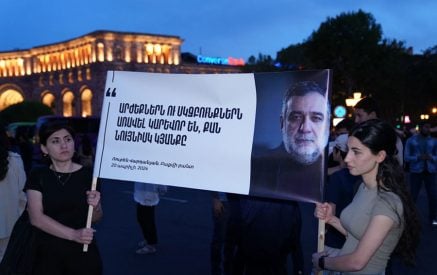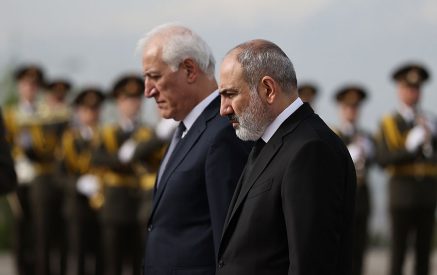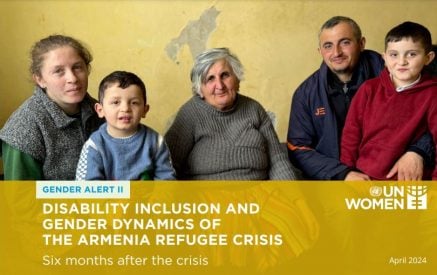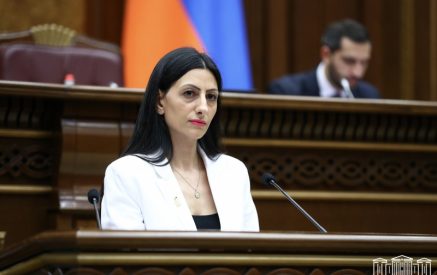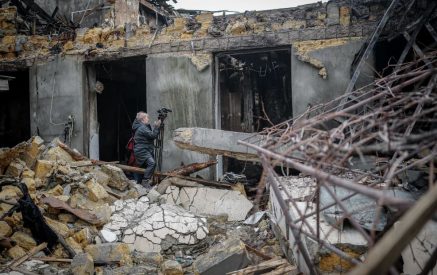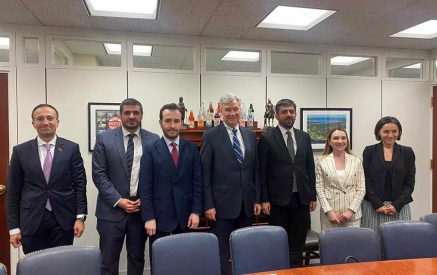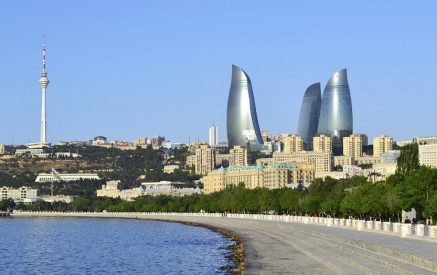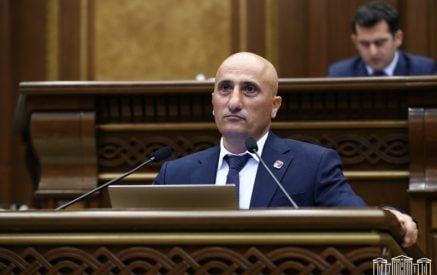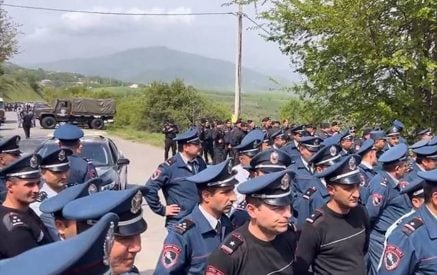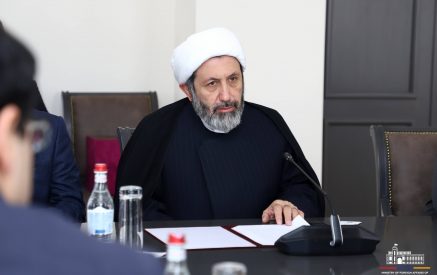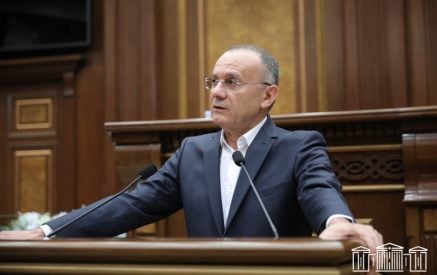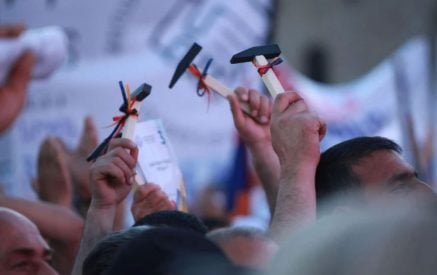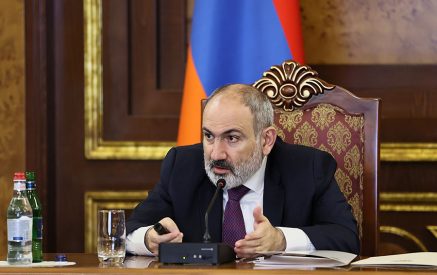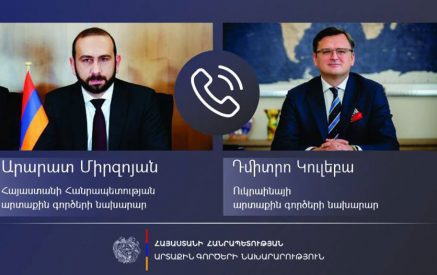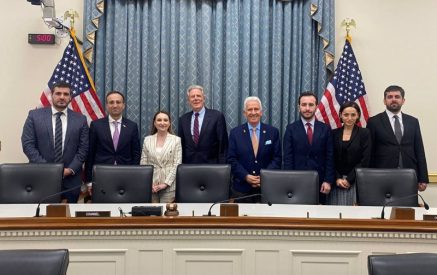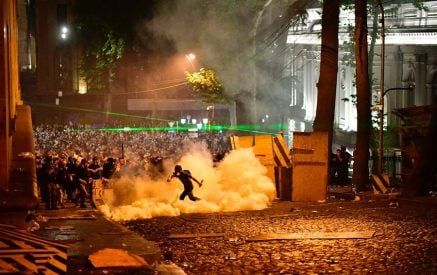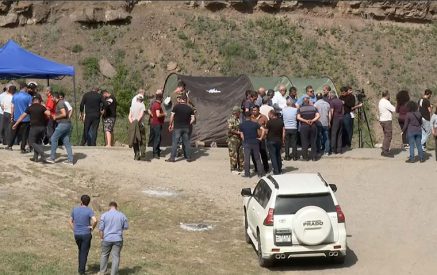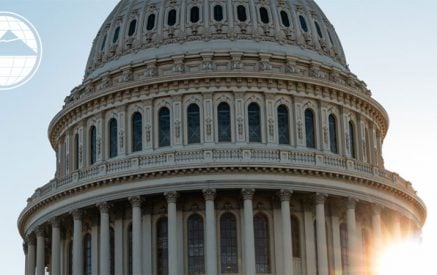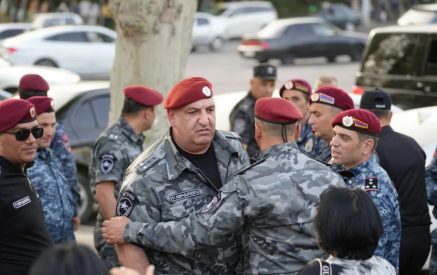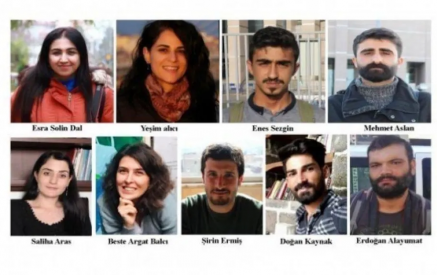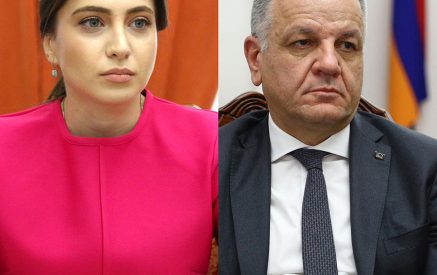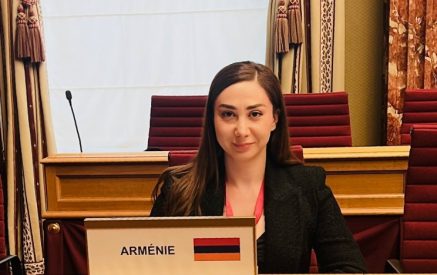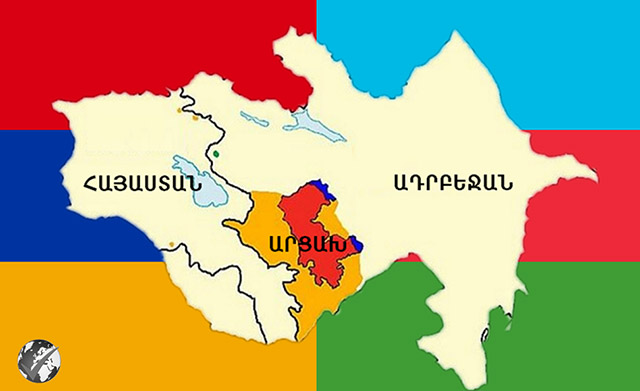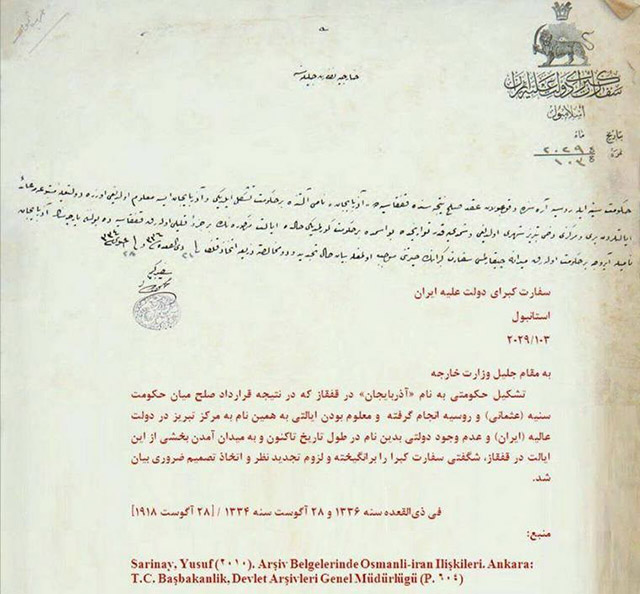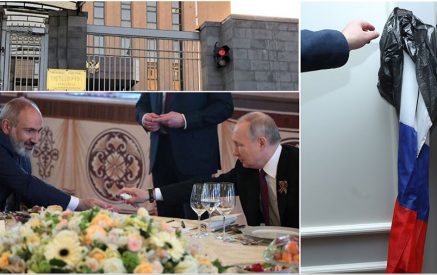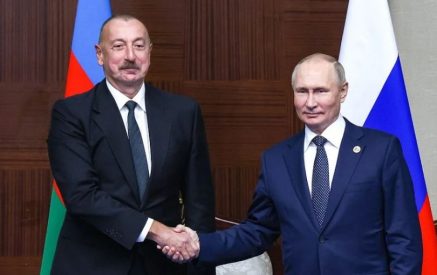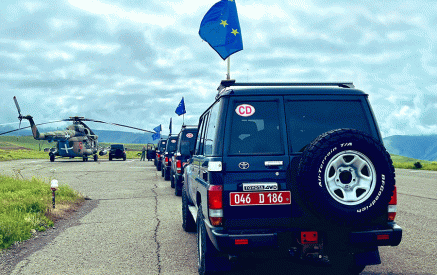Armenia-Azerbaijan: demarcation
In 1921-1970, Moscow gave about 1,500 square kilometers of Armenian land to Azerbaijan, a country established in 1918 without any cultural anchor in the region. Cartographer Ruben Galichyan said in an interview. At present, Armenia preserves only 10% of its centuries-old territories.
The situation worsened dangerously in 2020 after Azerbaijan’s attack on Artsakh. Today, Moscow and Brussels insist on the need to demarcate the borders between Armenia and Azerbaijan. However, there is already a territorial agreement that respects international law, which was signed between the two countries without any mediator. This document, signed in June 1921, registered the recognition of Nagorno-Karabakh by Baku as an inseparable part of the Armenian territory. This agreement was violated by the Kremlin a few months later. Thus, by Stalin’s order, without any other agreement, Artsakh was annexed to Azerbaijan. And then it was the turn of another Armenian territory, Nakhichevan, which Russia also handed over to Azerbaijan.
Read also
Artsakh is the twelfth ancestral province of Armenia, but on the geographical map it is far from Armenia in terms of territory. Why?
Ruben Galichyan: In 1921-1922, Russia drew the borders of Armenia and Azerbaijan without providing a map to the interested parties. The publication of the Soviet encyclopedia in 1926 will finally make it available. Its content is unequivocal: there were no Azerbaijani enclaves between Armenia and Nagorno-Karabakh, and Artsakh and Armenia have a common border, separated only by the Hagar (Aghavno) River. These segregation zones were occupied by Russia from Armenia under the pretext of creating Bolshevik Kurdistan. The reason given was that the Kurds needed these pastures for their animals. However, in 1932 this decision was annulled without returning those lands to Armenia, leaving their full enjoyment to Azerbaijan.
Is it true that the maps of the region have been constantly changed by the Kremlin, always in favor of Azerbaijan?
Yes. From 1921 to 1970, an area of 1,500 square kilometers was appropriated from Armenia in favor of Azerbaijan. The latter announces today that Yerevan, like Artsakh, is its ancestral land, that it must be returned to it. Hence the policy of appropriation of Armenian cultural relics. And destruction in cases when appropriation is impossible, as in the case of medieval khachkars of Julfa. In terms of the alphabet, Azerbaijan also has no cultural anchor, therefore it does not have a certain identity. In just one century, the country changed its alphabet several times, from Arabic to Latin, from Latin to Cyrillic, and then back to Latin. Thus, no generation can read what its ancestors wrote.
Baku claims to be the legal heir of the neighboring Iranian province. Is that justified?
Obviously not. This is the province of Iran called “Azerbaijan,” whose population and history have nothing to do with the Republic of Azerbaijan. The latter was created in 1918, appropriating the name of the region of Iran. Geostrategic manipulation to further claim rights over Iranian Azerbaijan, presenting this province as part of a newly invented Republic. This strategy angered Iran. On August 28, 1918, the embassy sent a formal letter of protest to Baku against the misappropriation of the name of his province.
How much will the demarcation of Armenia and Azerbaijan cost? Do they agree with this principle?
This is a process that will probably take at least five years. And, ideally, it should be framed and accompanied by international observers who have no geopolitical interests in the region. This is also one of the most sensitive points of this regional hub, where the number of players has increased in recent years. As for the agreement in principle, if Baku wants to start this process quickly, Yerevan should not hurry.
Especially since the discussions will include the status of Nagorno-Karabakh, which Azerbaijan claims has already settled through war. An opinion that the Minsk Group (Russia, USA, and France), which is responsible for the settlement of this conflict, does not share. However, the development of the situation will indirectly depend on the surrounding context. And especially from the war in Ukraine, as Russia continues to be a key player in the relations between Armenia and Azerbaijan.
Can this demarcation of borders guarantee peace between the two countries?
In any case, it will prevent Azerbaijan’s impunity for invading Armenian regions. Since May 12, 2021, its troops have been stationed in various parts of the border with Armenia on the basis of false maps, claiming that those territories belong to their state.
That is why it is necessary to establish an urgent demarcation so that the invasions are considered by international law as a violation of state sovereignty with the ensuing legal consequences.
Anna Aznavur
The letter of the Iranian embassy, translated by Ruben Galichyan, addressed to Baku.
From the Embassy of the State of Iran to Istanbul
Number 2029/13
Dear Ministry of Foreign Affairs,
The organized state in the Caucasus called Azerbaijan was established as the result of a peace treaty between the Ottoman and Russian empires. Considering the Persian province of the same name, with Tabriz as its center, the case of the country of the same name in the Caucasus shocked us. This decision needs to be reviewed.
August 28, 1918
Plenipotentiary Ambassador
(signature and stamp)
Ottoman Archive of Ottoman-Iranian Relations, Ankara.



